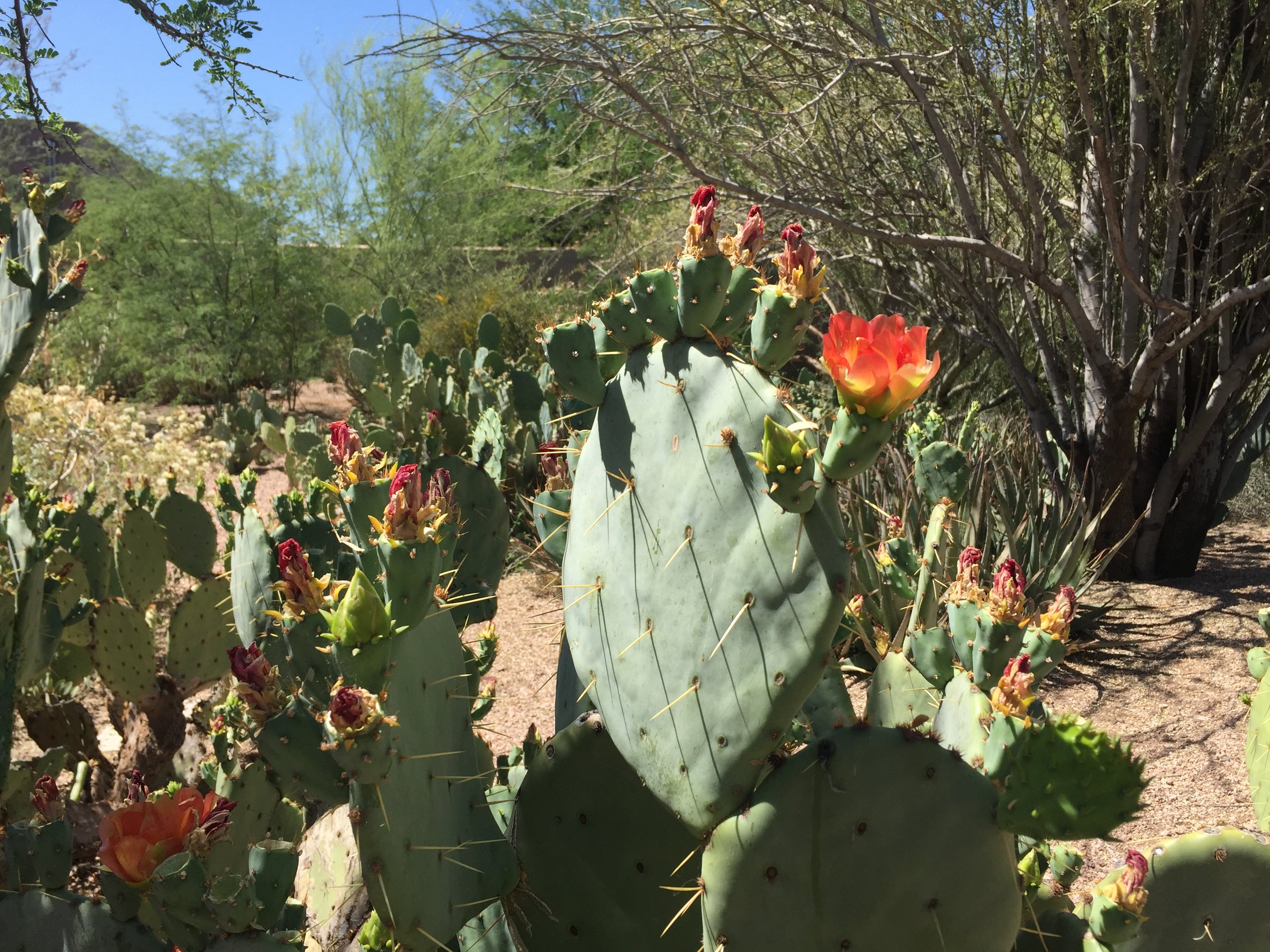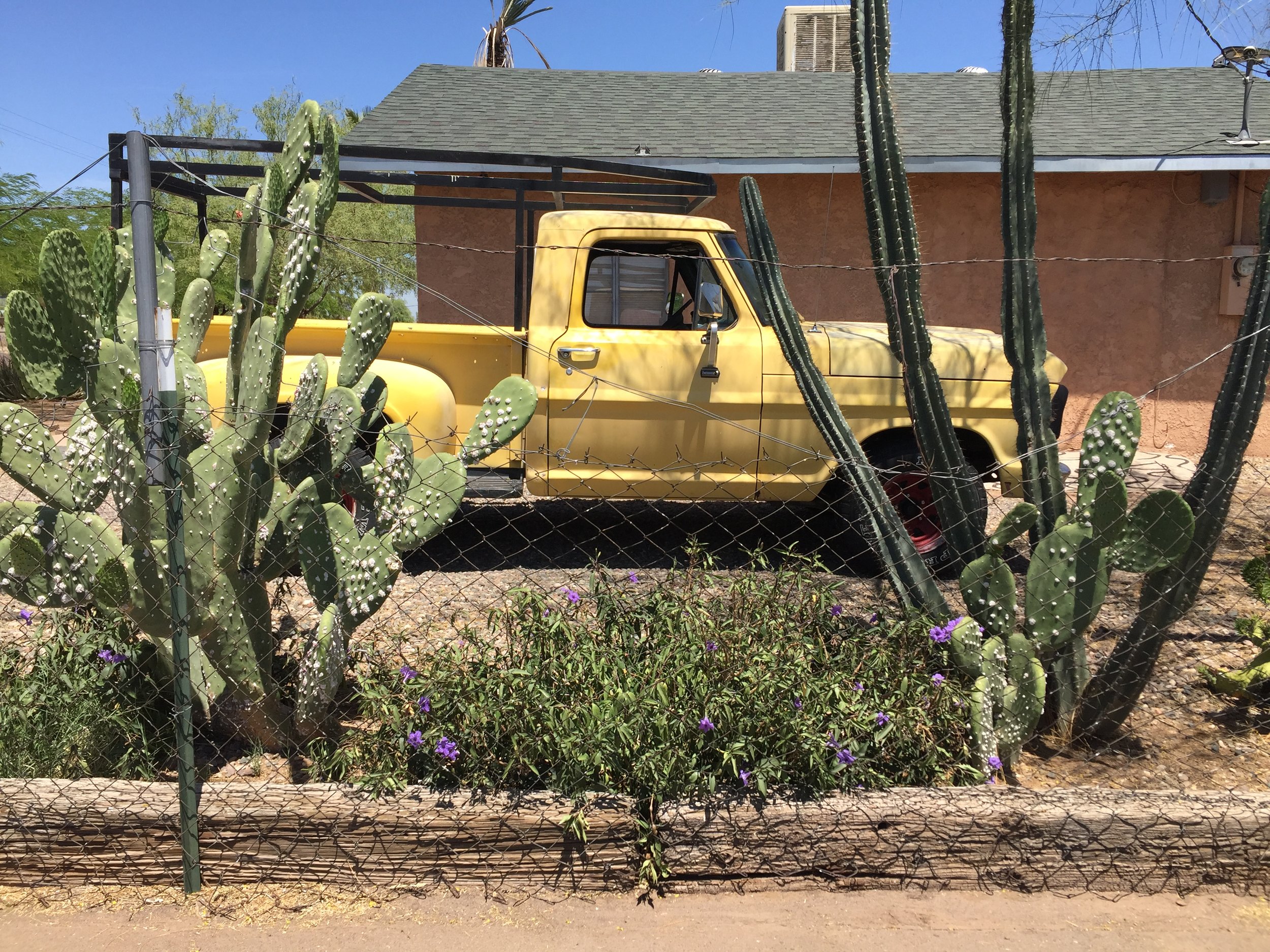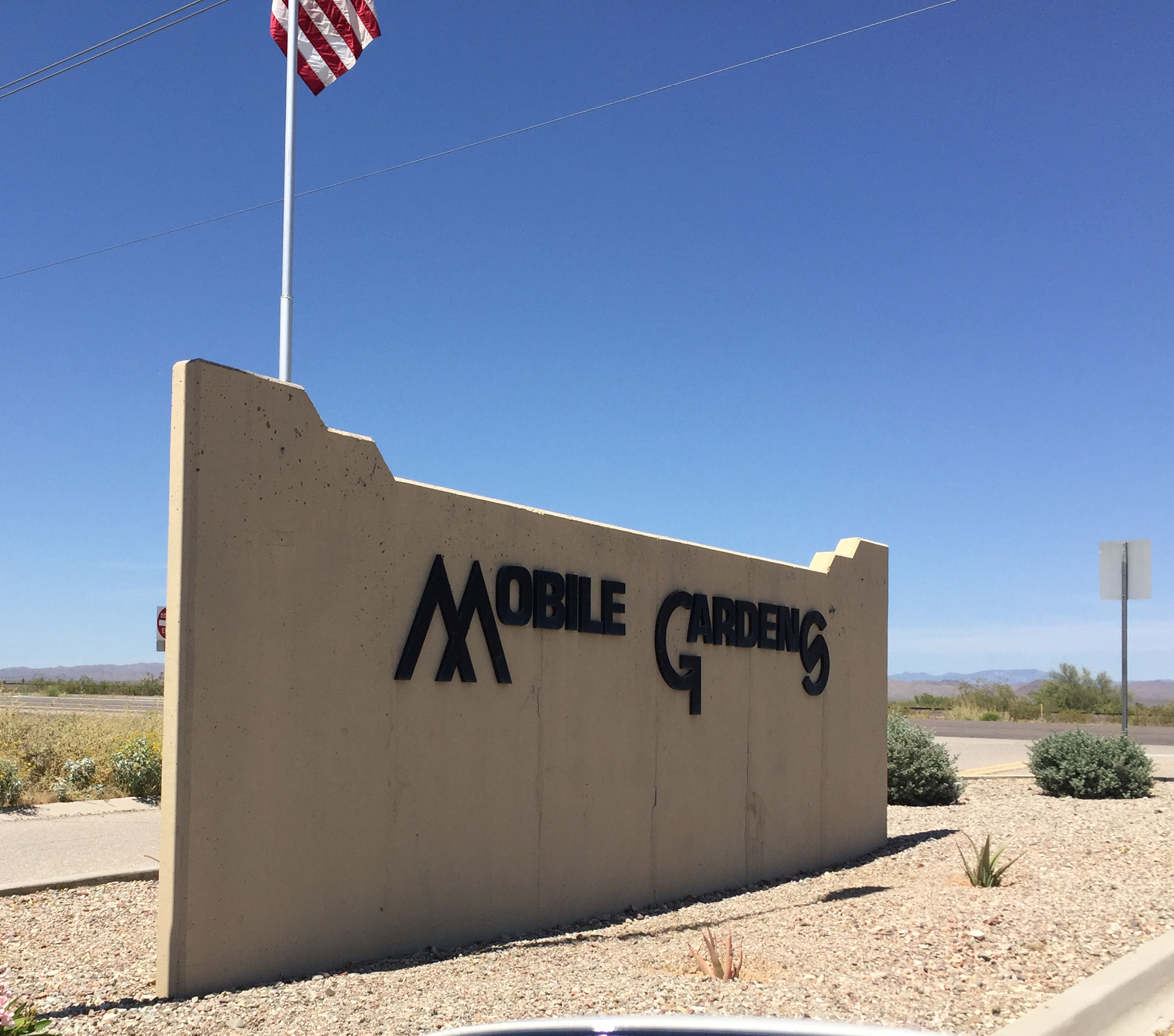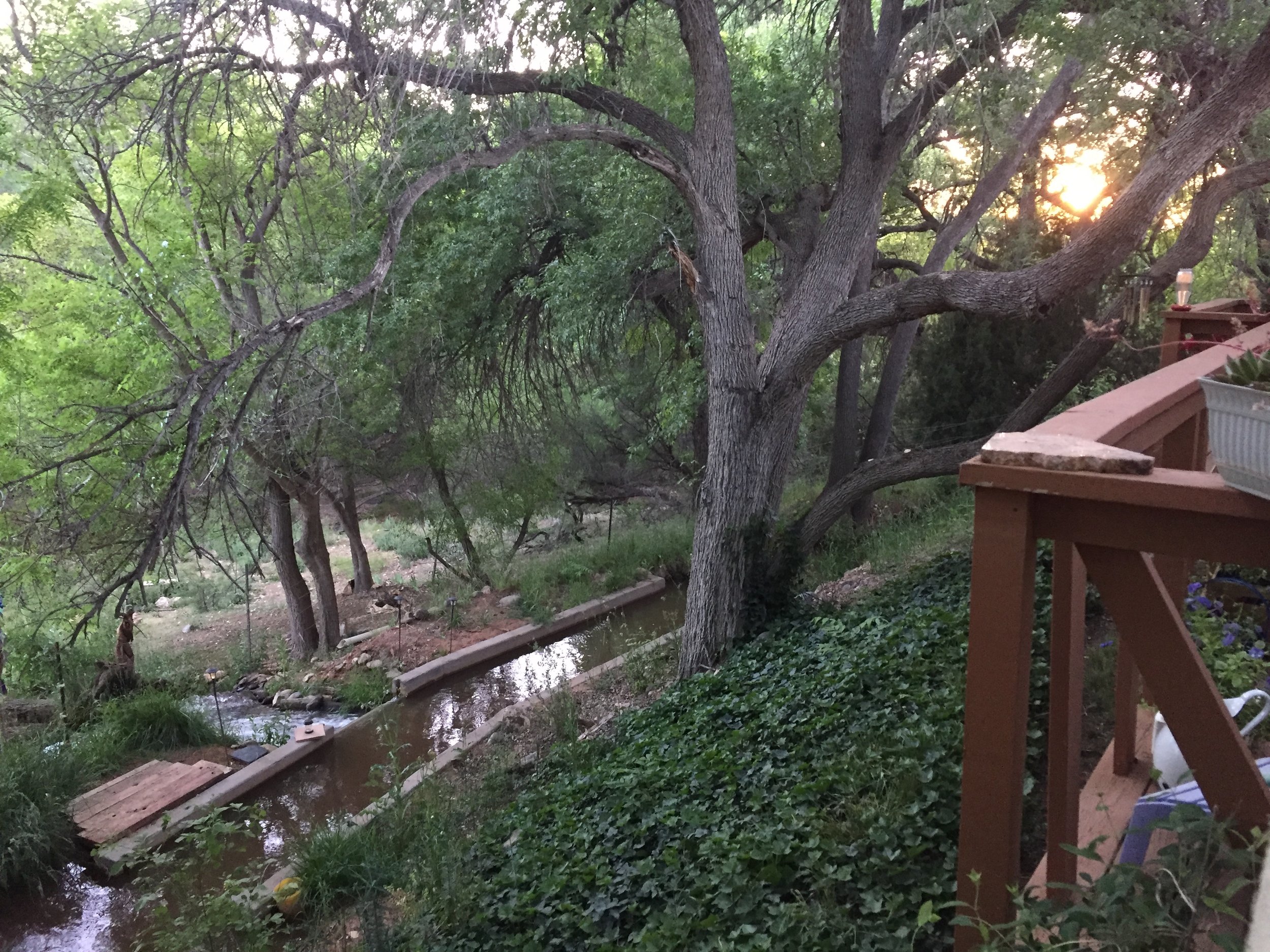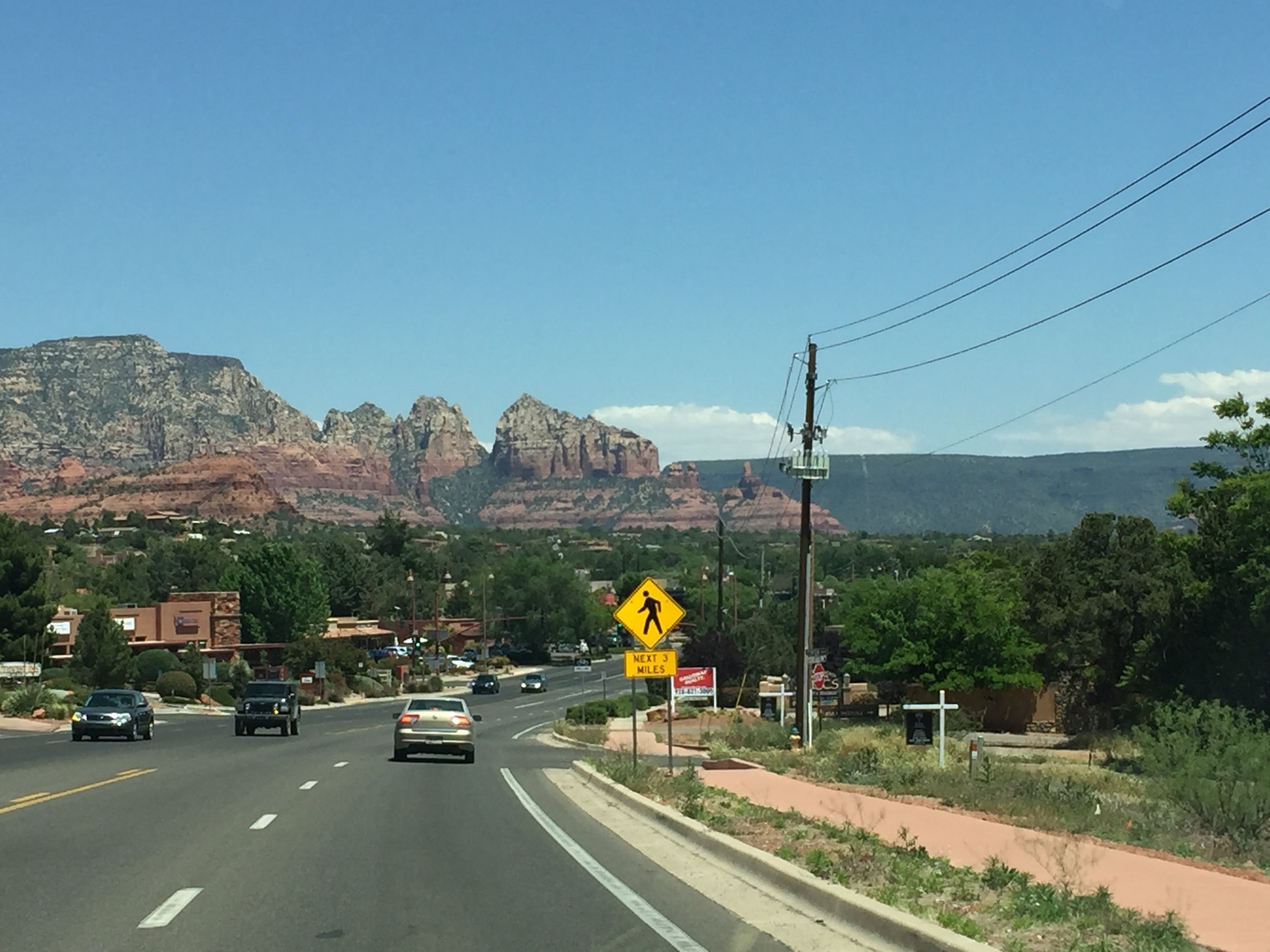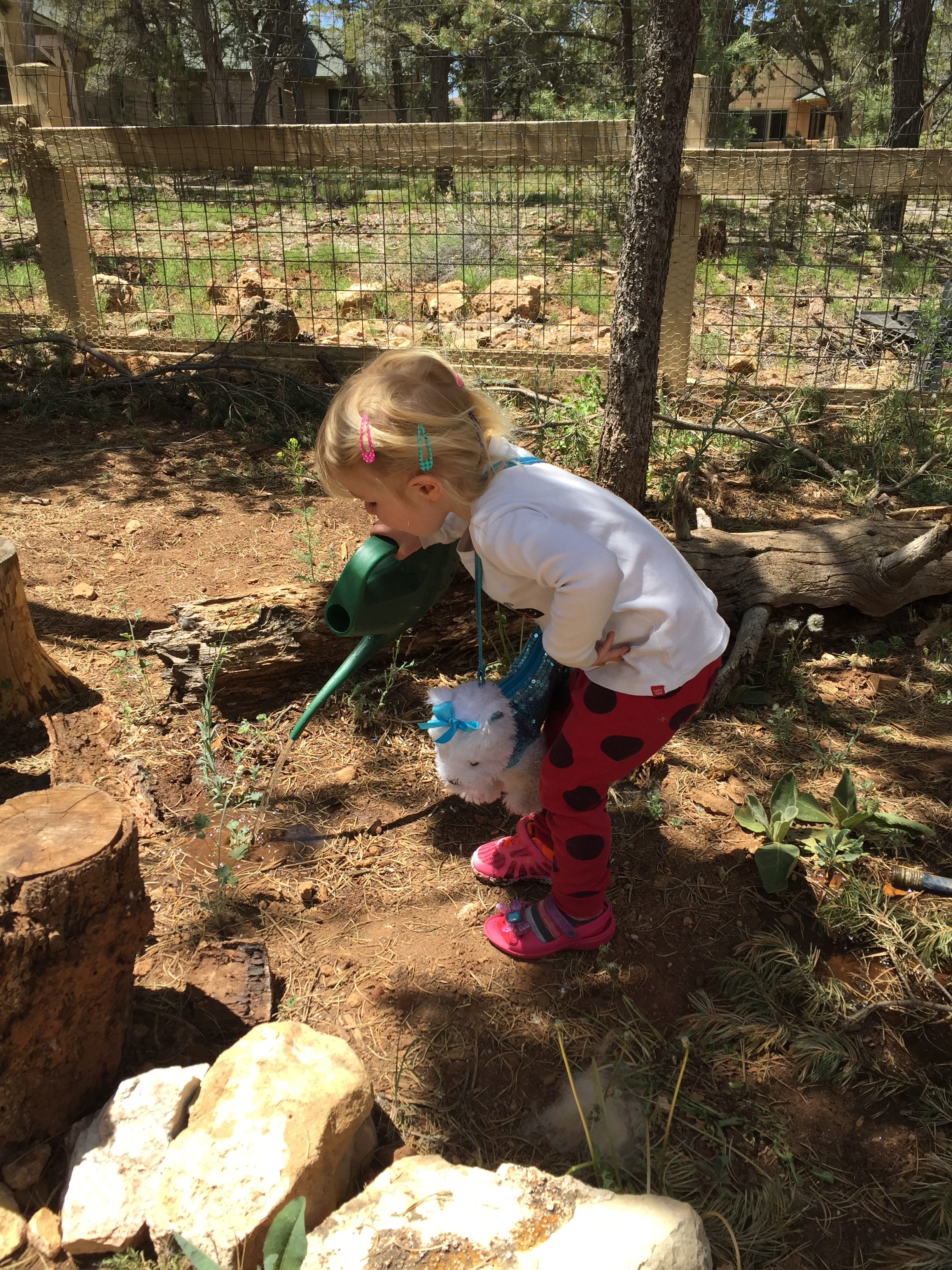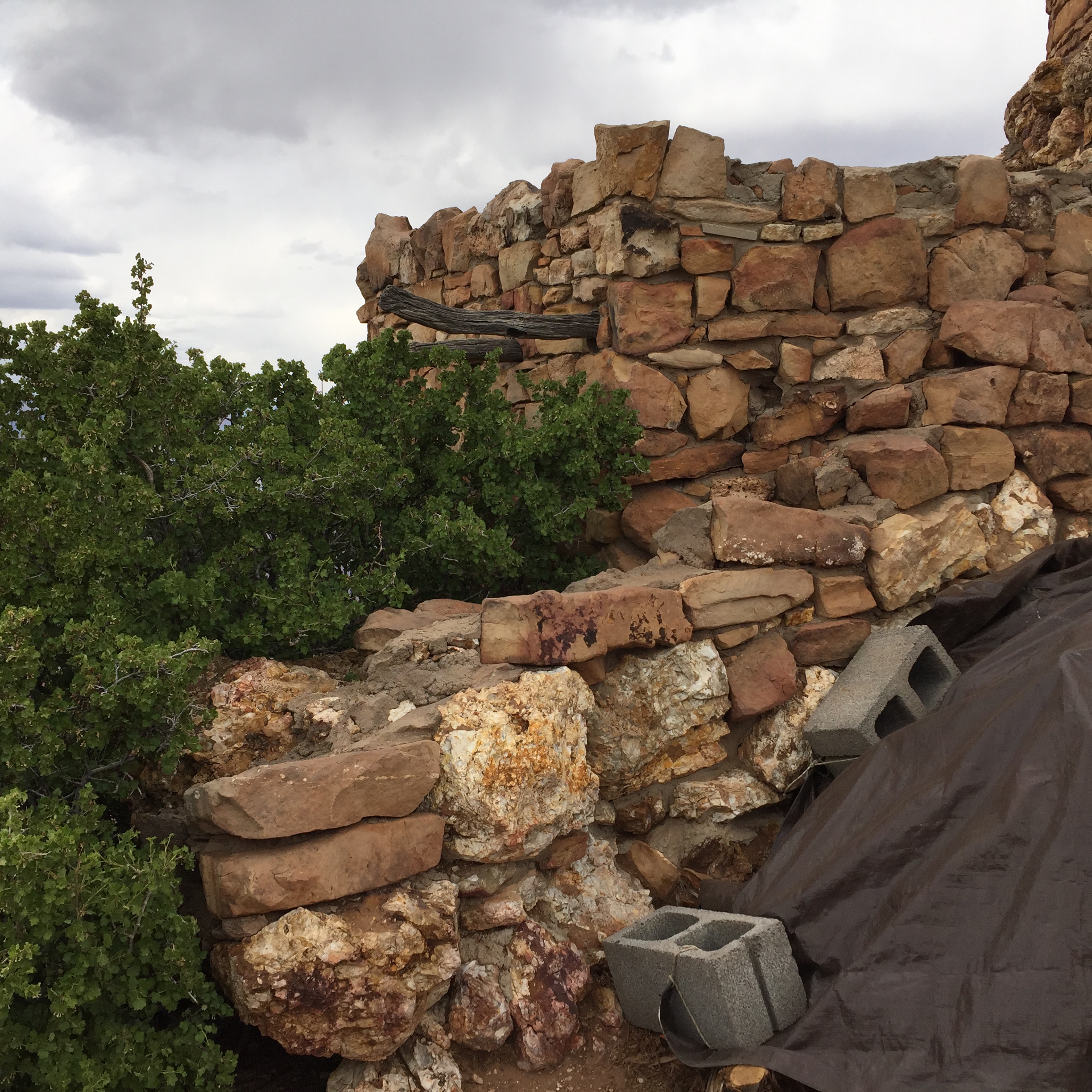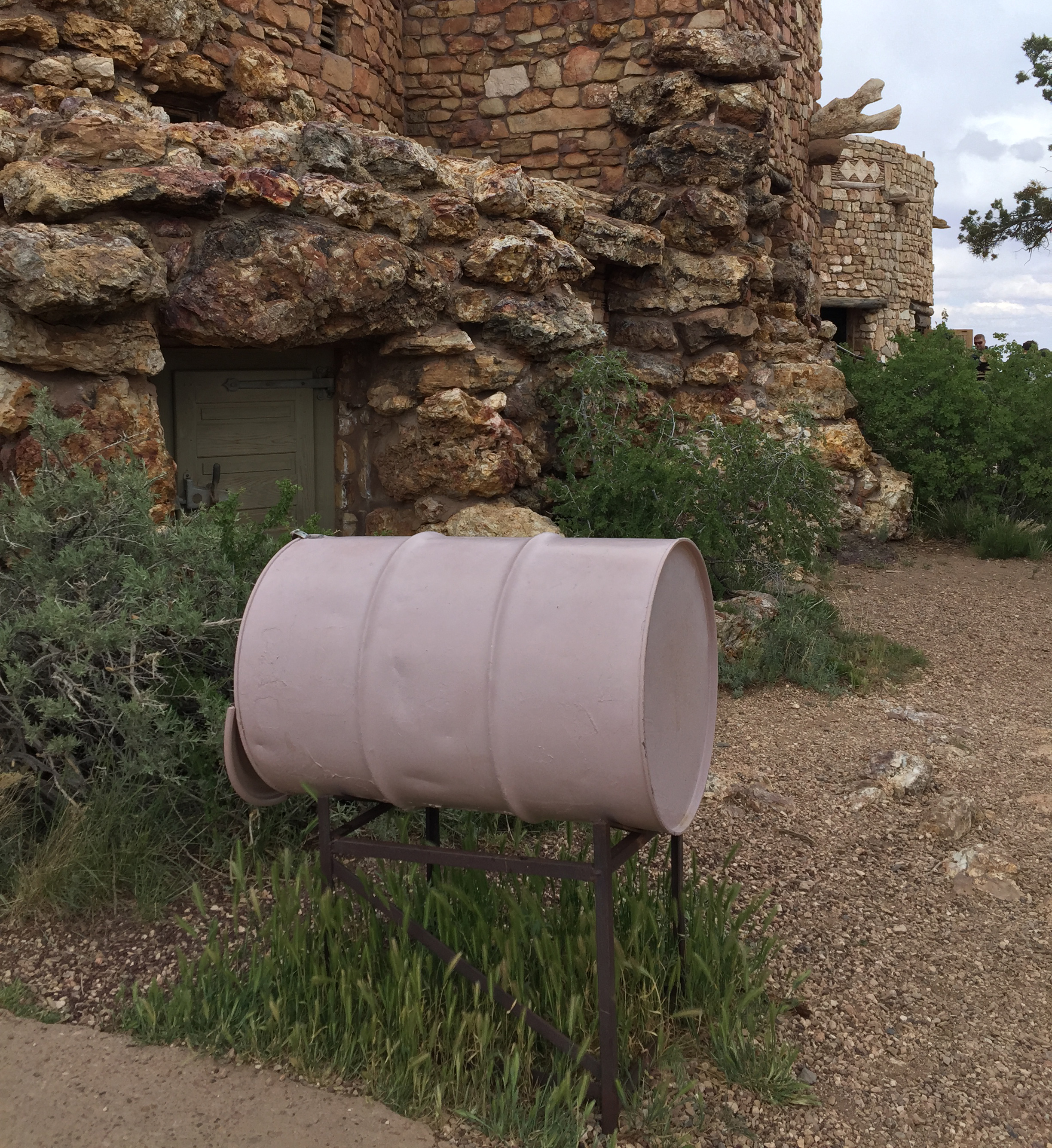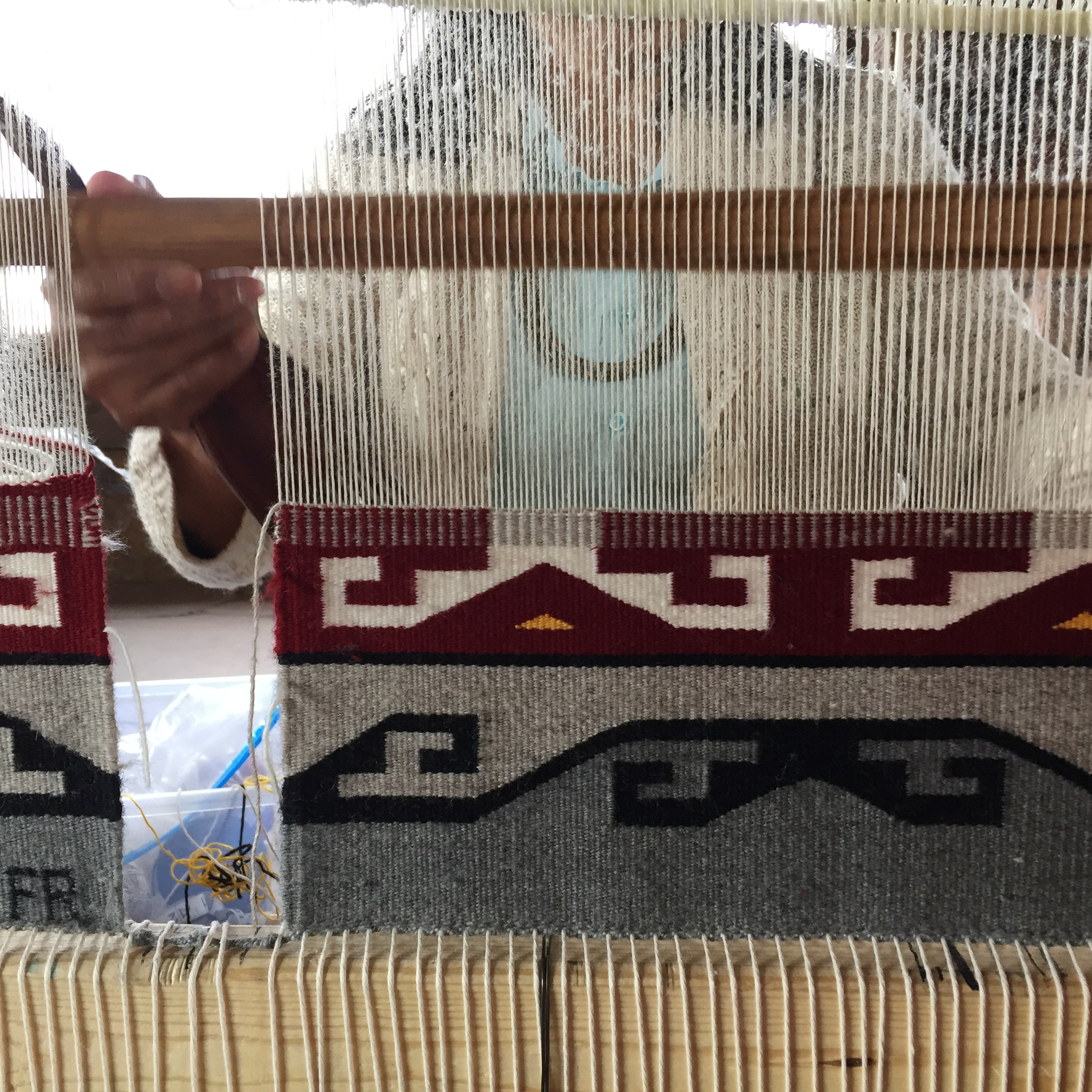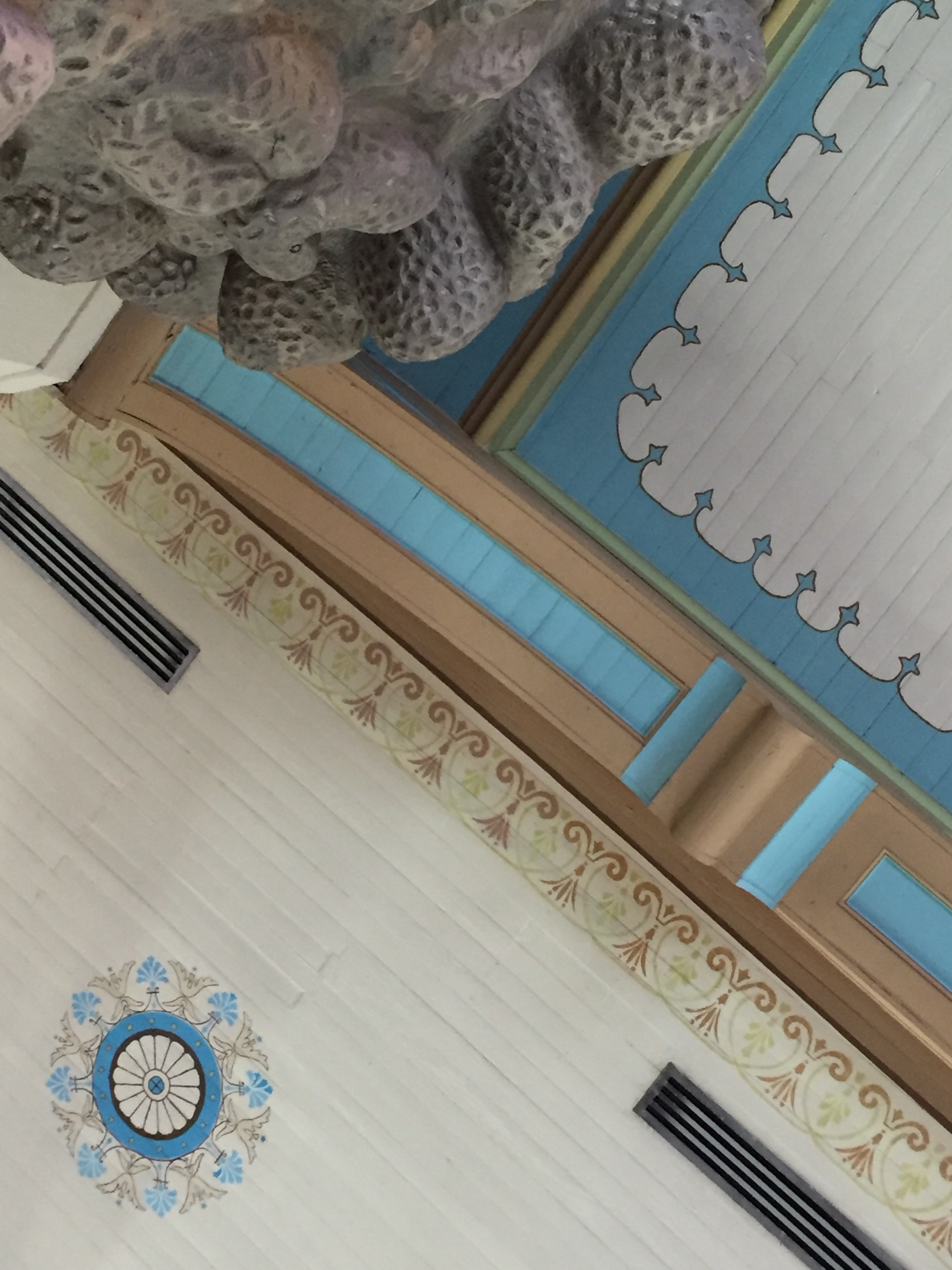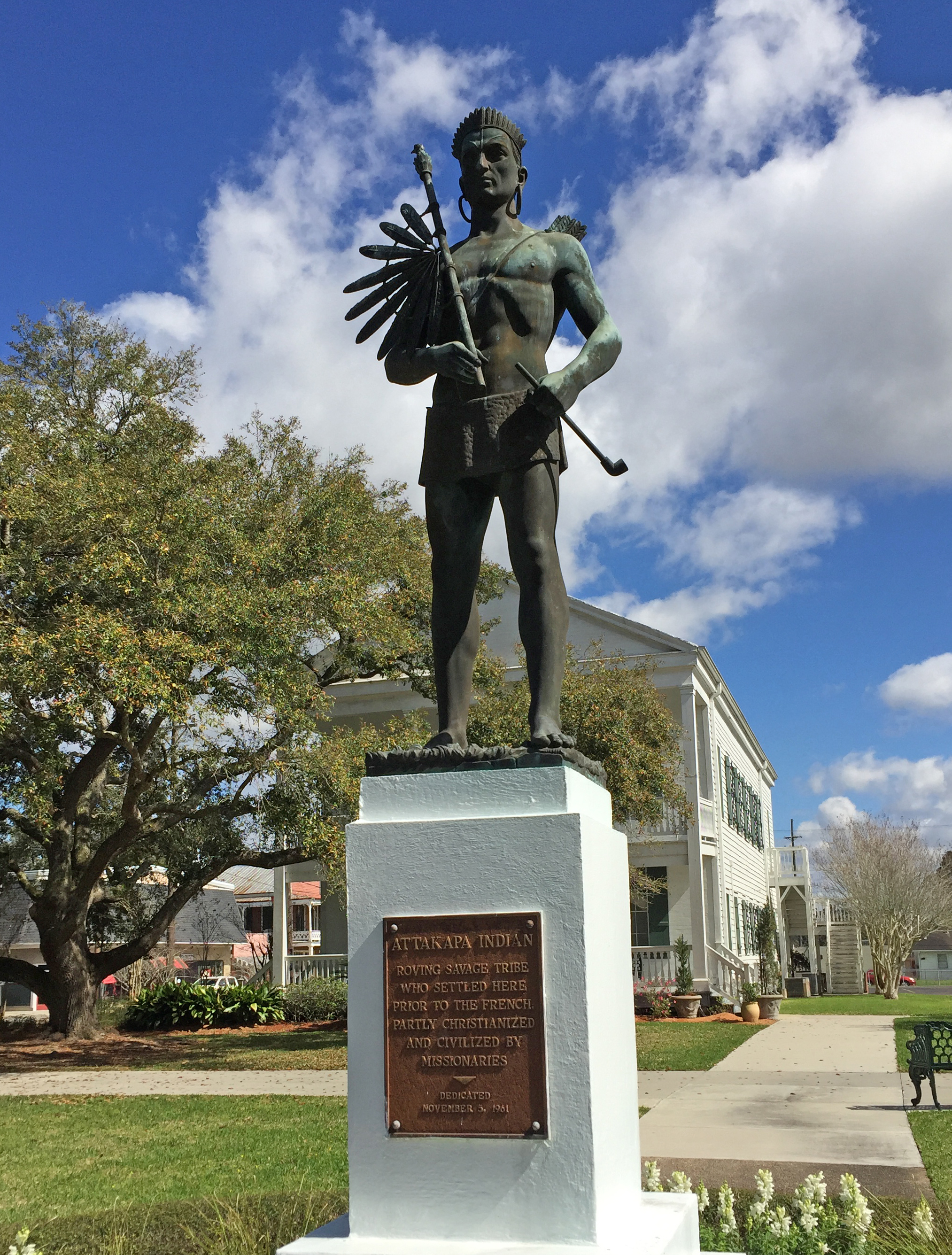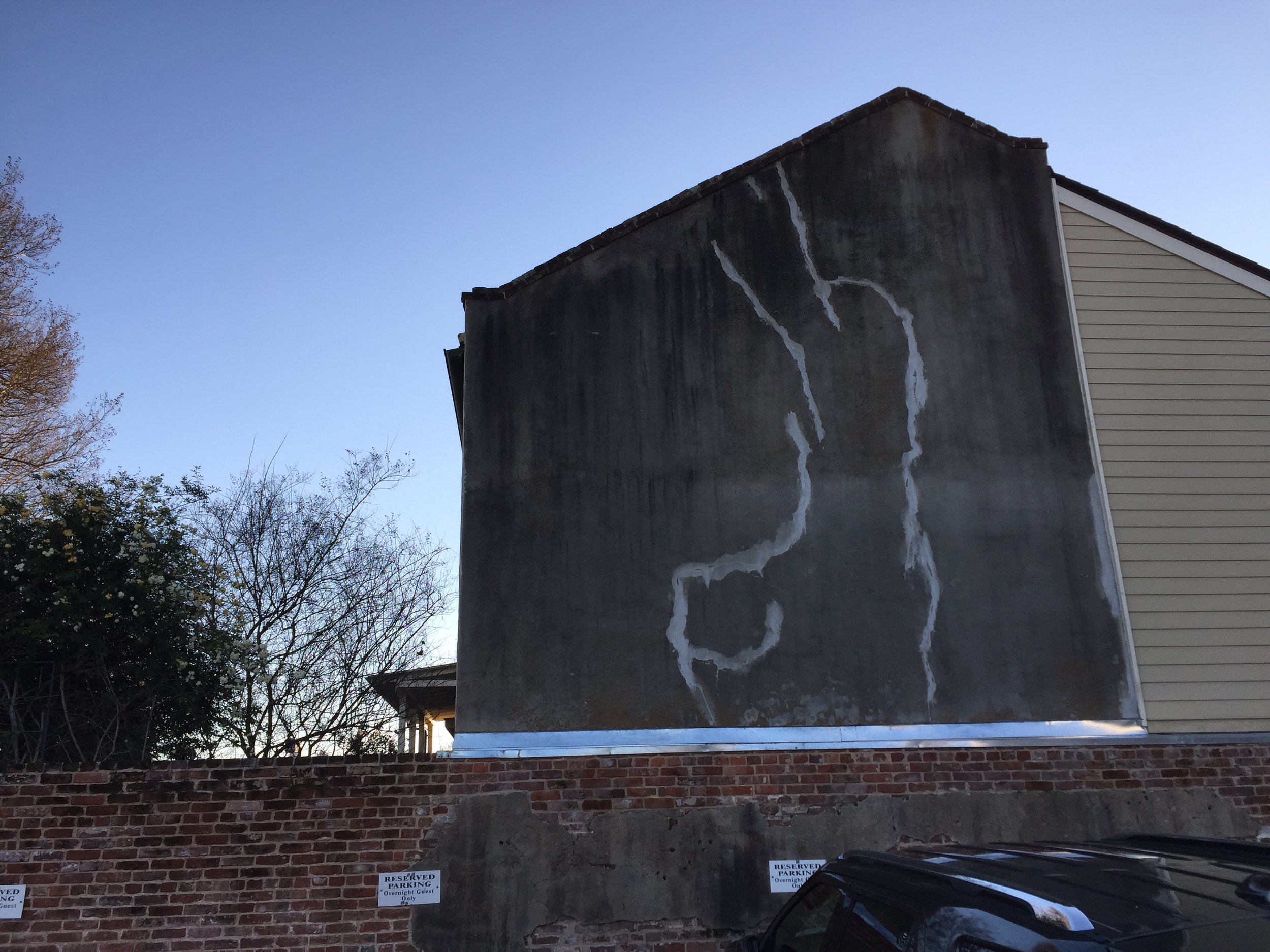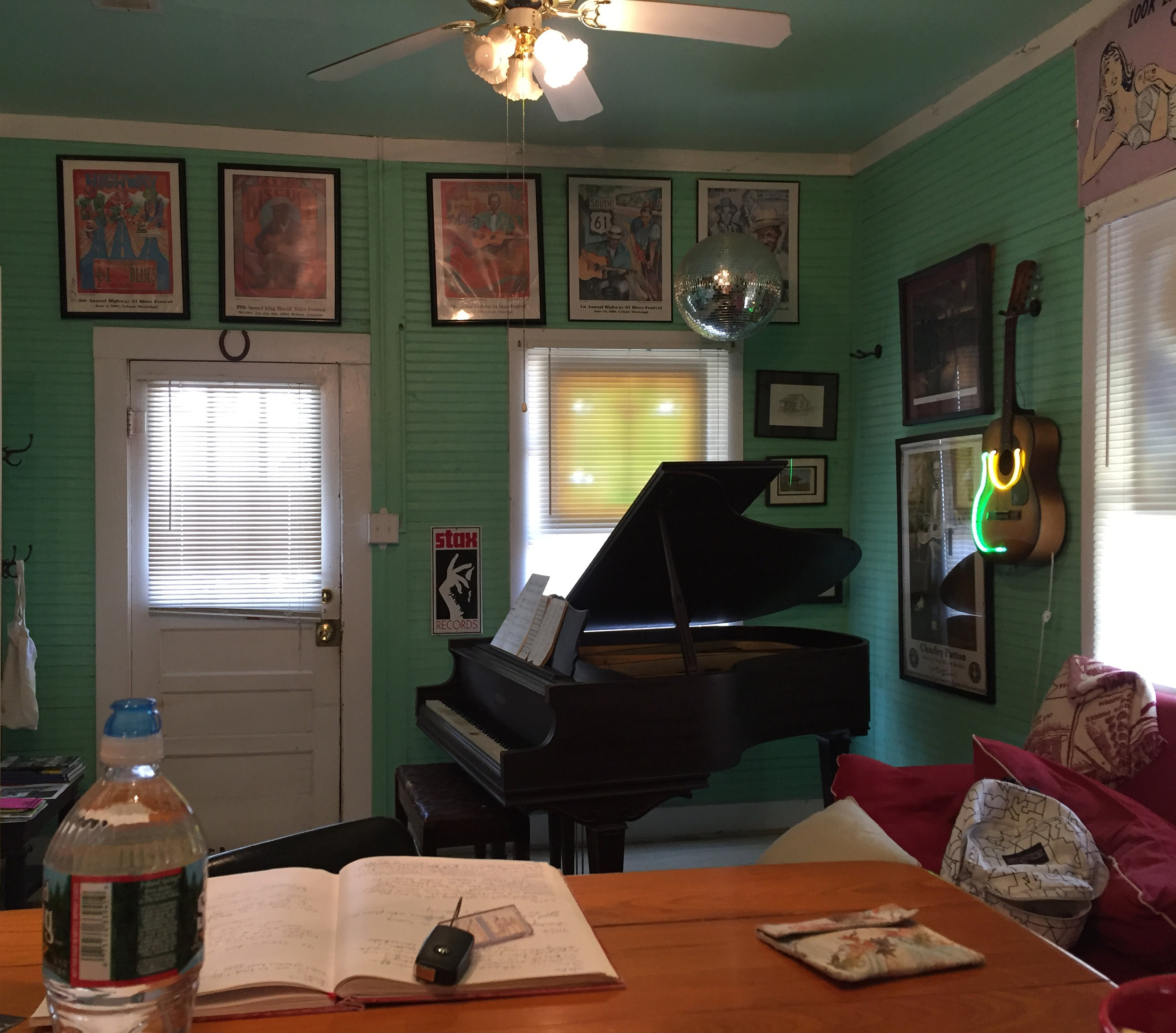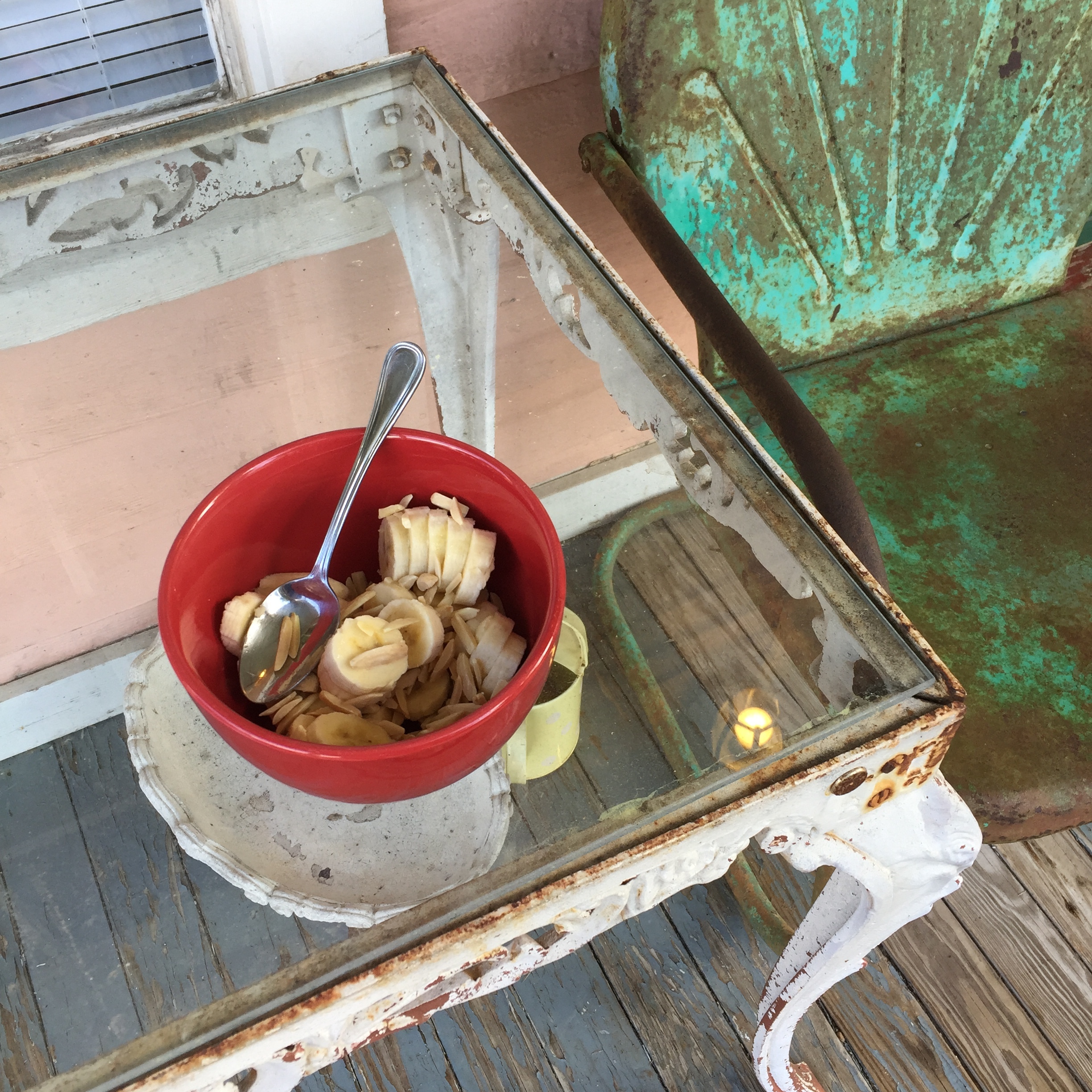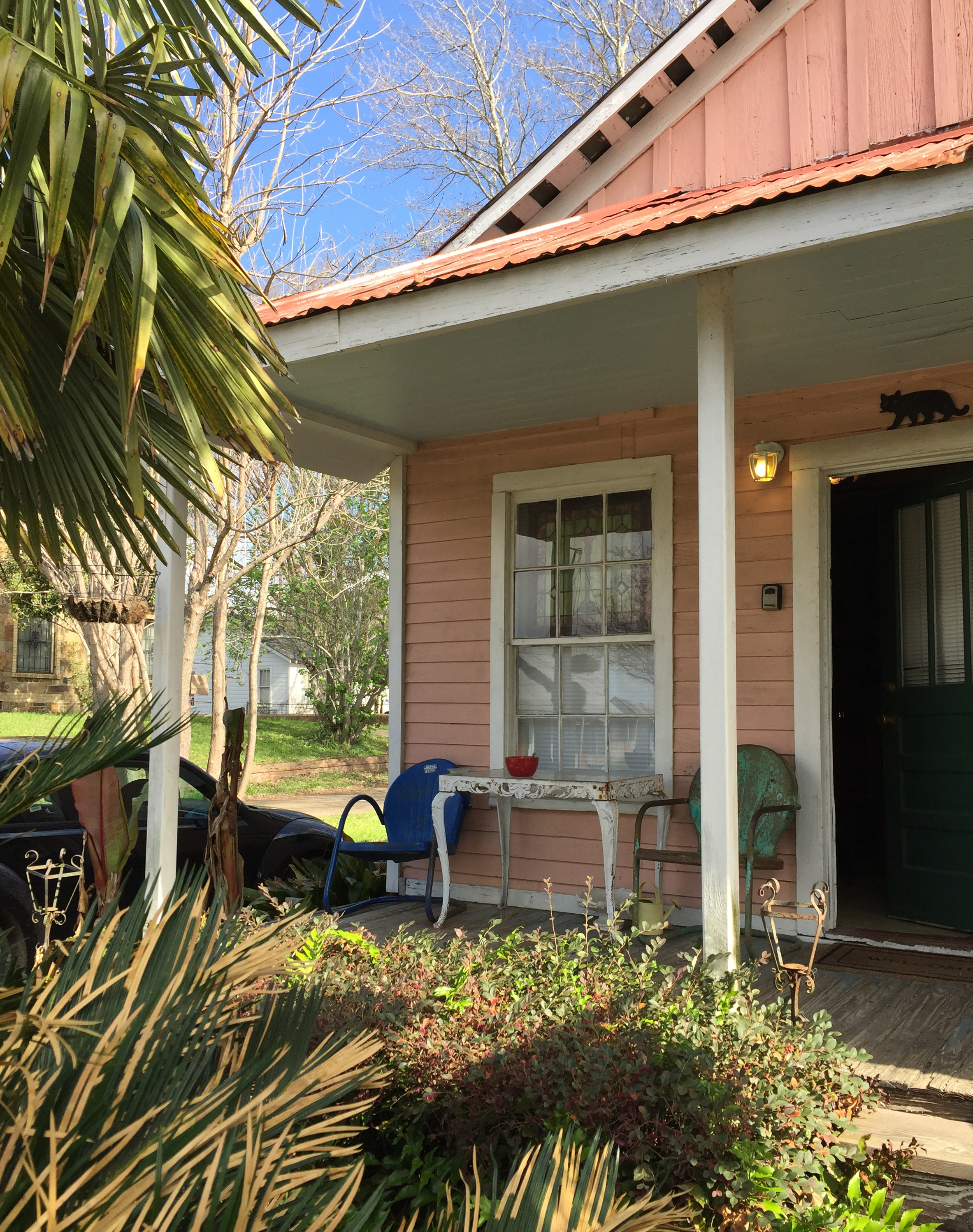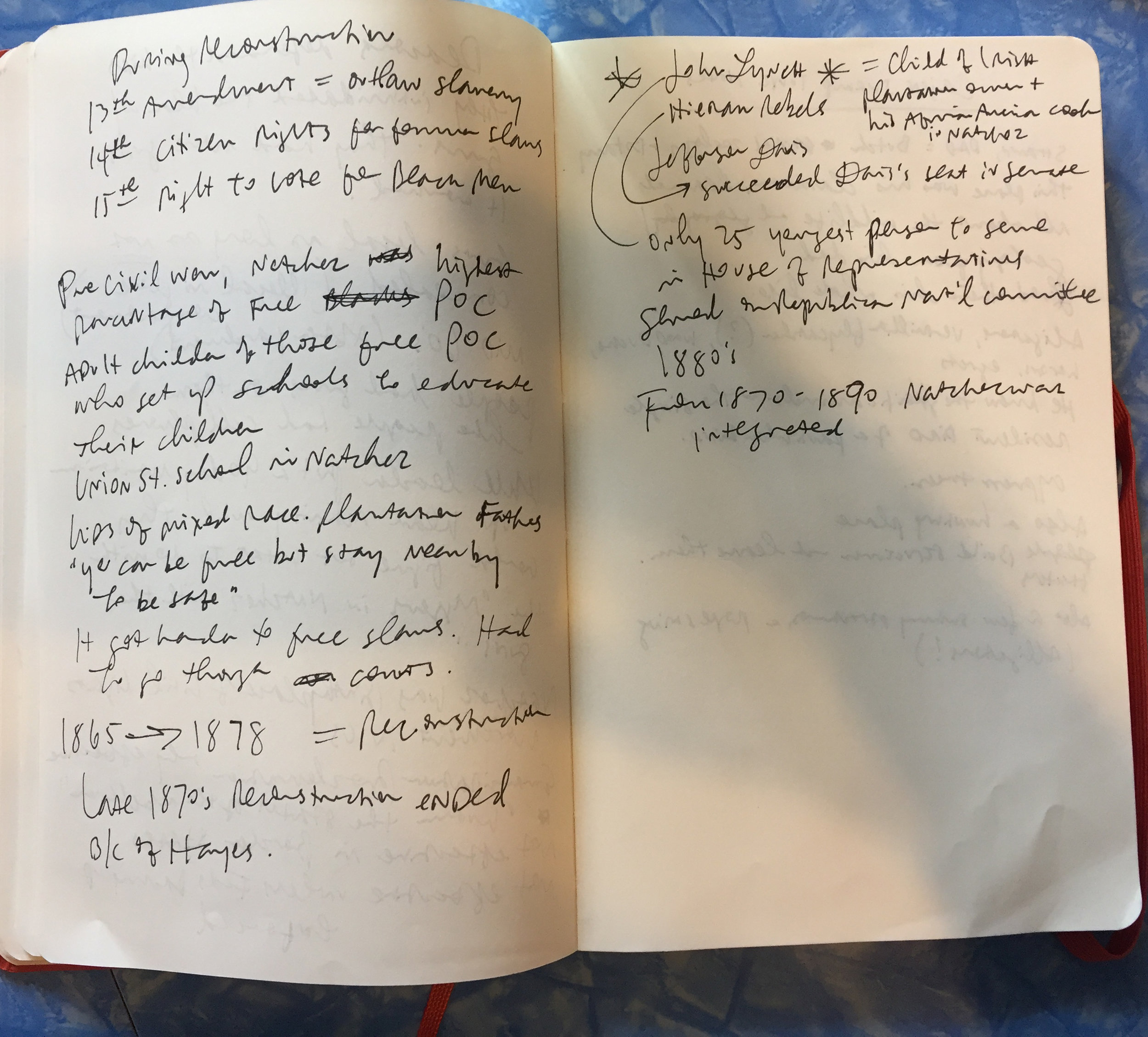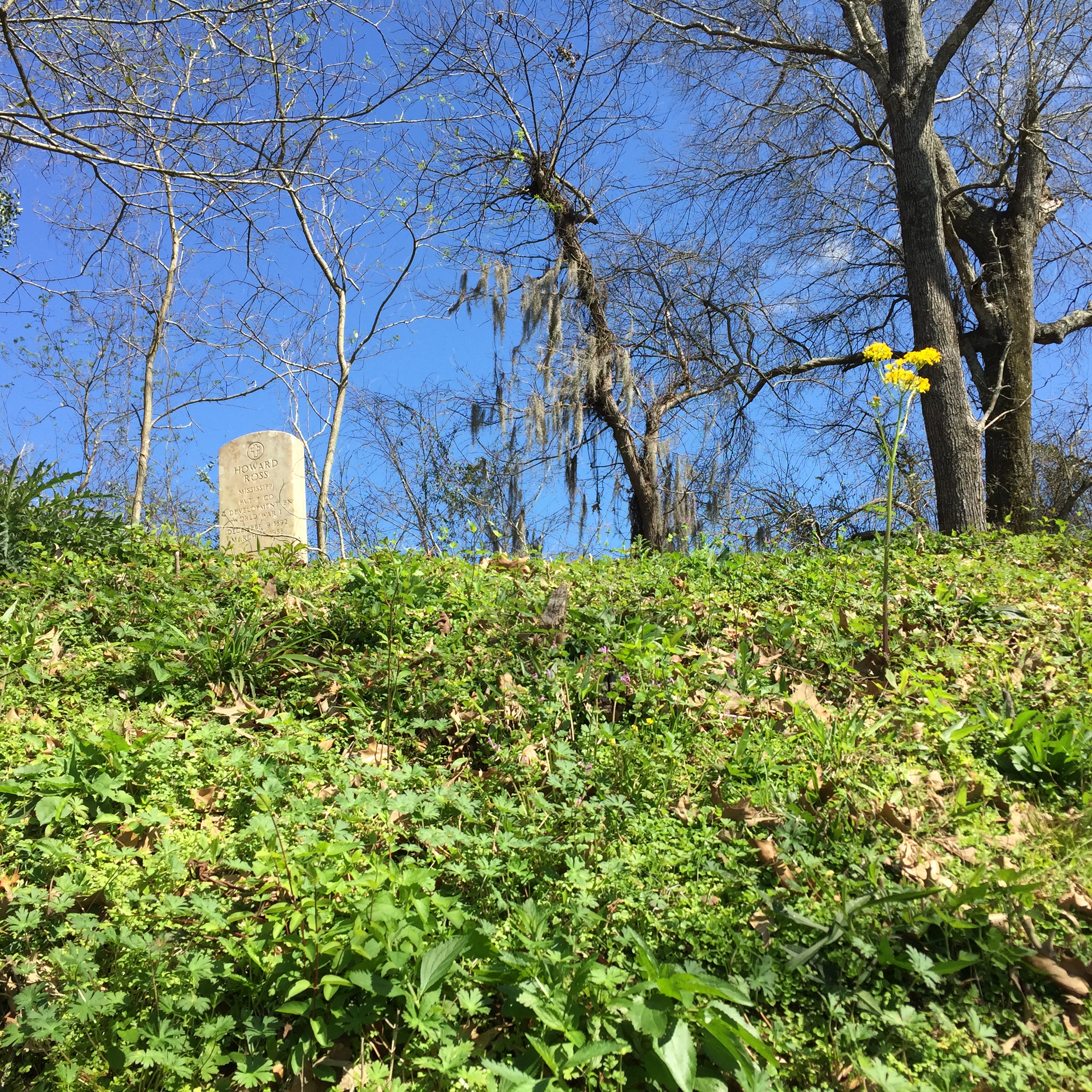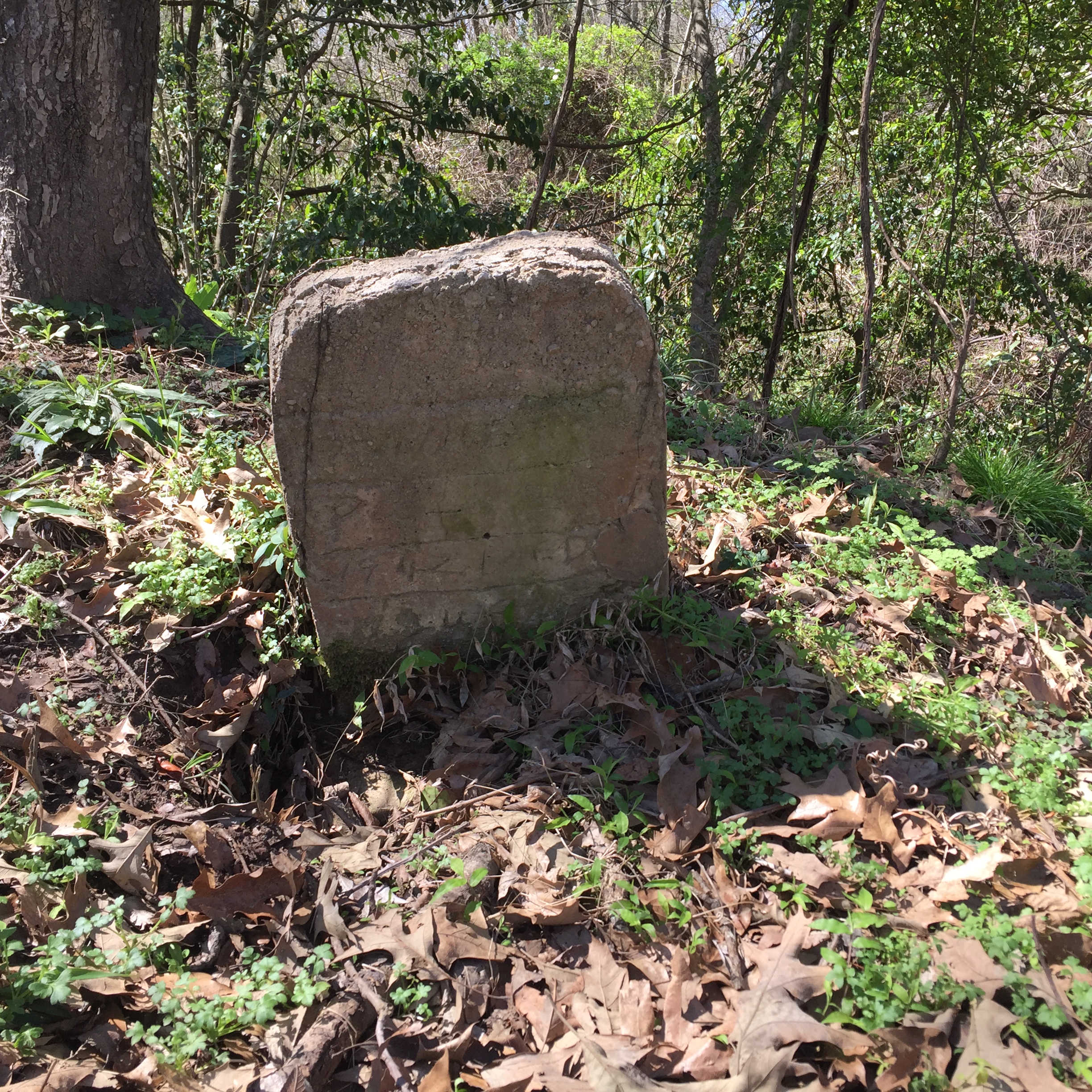I read this book with my eleven-year-old son.
“The next morning Old Man and Old Woman stayed in their lean-to. Most of our Choctaw friends stayed inside, too, curled up in their blankets. No one laughed.
By afternoon Choctaw people from every lean-to moaned and cried. Old people, young people, everyone cried. As day turned to darkness, a young girl shouted, ‘I am burning.’ Her mother ran to the swamp and brought her a cup of water.
‘We should get a good night’s sleep,’ my father said. ‘We will be leaving in the morning.’
‘Where will we go?’ my mother asked.
‘Away,’ my father answered. ‘Far away.’
‘I hate to leave our friends,’ Mother said.
‘So do I,’ said my father. ‘But there is nothing we can do to help them.’
I had a bad dream that night. I dreamed of what would happen in a few days. Old Man and Old Woman were covered in sores. They itched and burned and the sores never went away. Everyone with a blanket had the sores…
Some Choctaws became ghosts from the shotguns. Some became ghosts from the burning houses. But the blankets made more ghosts than any guns or fires. The smallpox blankets were the ghost-making blankets.”
- Tim Tingle, How I Became a Ghost, 2013





